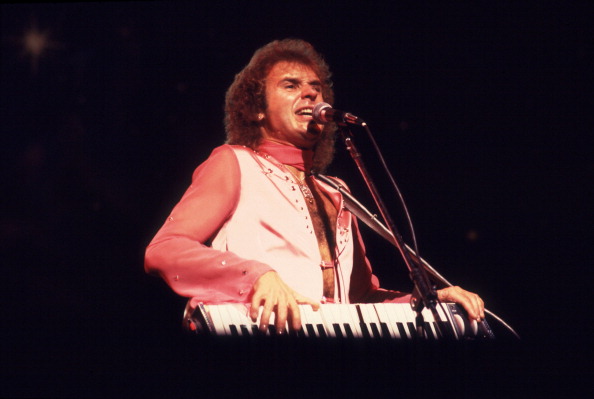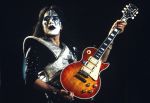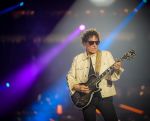ROCK MOMENT – Gary Wright ‘Love Is Alive’

When Gary Wright released ‘Love Is Alive‘ in 1976, he was venturing into new musical territory that would help redefine rock’s future. Featured on his groundbreaking album The Dream Weaver, the song blended soul, spirituality, and cutting-edge technology to create one of the most forward-thinking hits of the 1970s.
After leaving the British rock band Spooky Tooth, Wright became fascinated by Eastern philosophy and electronic music. His friendship with George Harrison, with whom he collaborated on All Things Must Pass, deepened his spiritual outlook and encouraged him to follow a more personal artistic path. Out of this period of reflection came The Dream Weaver—a concept album built almost entirely around synthesizers, a bold move at a time when guitars still ruled rock.
Recording sessions took place in 1975 at Arthurs Studio and The Record Plant in Los Angeles, where Wright worked with minimal instrumentation. ‘Love Is Alive‘ was recorded using primarily two synthesizers—an ARP Odyssey and a Moog bass synth—plus a Fender Rhodes electric piano and a drum kit. Wright played nearly every instrument himself, layering textures to achieve a lush, spacey groove that sounded years ahead of its time. The only other musician featured was drummer Andy Newmark, whose tight, funky rhythm gave the song its pulse.
The recording process was so unconventional that Wright reportedly stunned engineers by refusing to use guitars or a full band. Instead, he relied on multi-tracking and analog synth manipulation, creating a soundscape that fused electronic precision with human emotion.
When ‘Love Is Alive‘ was released as a single, it soared to No. 2 on the Billboard Hot 100, matching the success of ‘Dream Weaver.‘ Its combination of hypnotic rhythm and spiritual message resonated deeply with audiences, and it later gained renewed attention through MTV’s early retrospectives and countless film and TV placements.
Today, ‘Love Is Alive‘ stands as a testament to Gary Wright’s visionary approach to music-making—a song recorded with futuristic tools but grounded in timeless human feeling. It remains one of the earliest and most influential examples of synth-driven rock done right.



